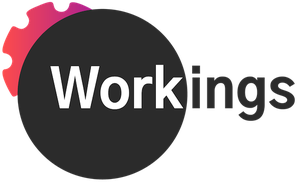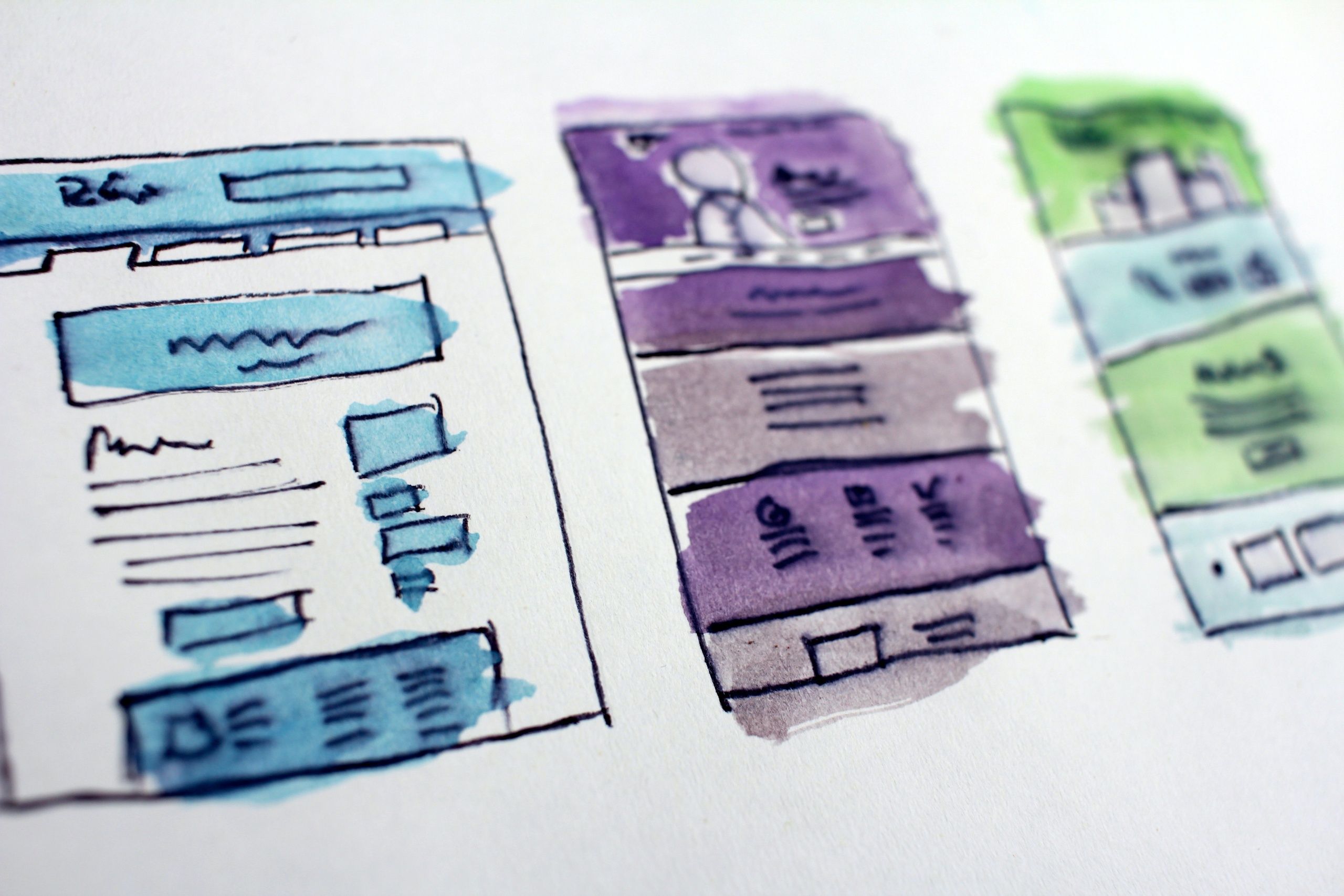1. What if I’m starting out and don’t have a portfolio?
The bad news: It’s practically impossible to get a content job (writing, designing, video, etc.) without work samples, so even if you are just starting out, it’s important to scare up something that shows what you can do.
The good news: In a tight talent market—which is enduring, even as the rest of the economy goes bonkers—many recruiters and hiring managers are willing to consider all manner of samples. So, showing work produced in the context of a course (like the University of Washington’s Technical Writing Certificate*), an internship, or even on your own recognizance (give yourself an assignment—or ask someone else to) can be enough to land an interview. The key when you’re seeking an entry-level role is to show, alongside your samples:
- Seriousness of purpose, i.e. you are invested enough to take a course, pursue an internship, or undertake a side project on your own. This kind of focus makes companies, in turn, want to invest in you.
- Aptitude, i.e. the samples you’ve produced show at least a rudimentary understanding of best practices); and
- An appetite for continual learning. I know cover letters are increasingly rare (and somewhat controversial), but I recommend them to candidates who are just starting out. A note acknowledging that part of your interest in the role stems from an aim to build a richer portfolio can go a long way in distinguishing you from entry-level applicants who are just submitting their equally-thin resume to scores and scores of places.
2. What if I have a strong portfolio, but everything I’ve worked on is proprietary and cannot be shared?
This bind is a common one, but we’ve found at least three escape hatches:
1) Request permission from your previous employers or clients to share redacted versions of the work you produced. Especially if the content is at least a few years old, this is sometimes allowed.
2) As mentioned above, assign yourself several exercises that draw on the skills you’d want to showcase and produce a few pieces that exist only for this purpose. If, in combination with presenting these stand-in samples, your answers to interview questions—about what you’ve produced and for whom—are substantive and confidence-building, this may be sufficient.
3) Lastly, be willing to take a test. This option offends some candidates, especially those with impressive resumes, but if everything you’ve ever worked on is proprietary and can’t be shared in any form, it may be necessary. Tests given to job applicants should never be administered to get “free work”—and recruiters/hiring managers should take care to limit the amount of time such exercises require, but they can be useful both to employers and to candidates in facilitating hires that might not otherwise happen.
That’s it for now! Please email me at kwalton@steyer.net with your thoughts and suggestions. I love hearing from you and will always respond within two days.
Thanks for reading,
Kate
P.S.
*I asterisked the UW Technical Writing Certificate program above to disclose that I am on their Advisory Board and that there are also other good courses to consider.
Also, Lin Laurie of the STC (Society of Technical Communicators) asked me after my last portfolio post to remind people—in case it’s not obvious—to create PDFs of your work samples, rather than expecting employer/client-hosted web pages to remain live and publicly accessible for as long as you may need them. Good advice!


 Hello from Steyer! We are still in the thick of it over here—“it” being some turmoil in the enterprise tech sector, as described in
Hello from Steyer! We are still in the thick of it over here—“it” being some turmoil in the enterprise tech sector, as described in 